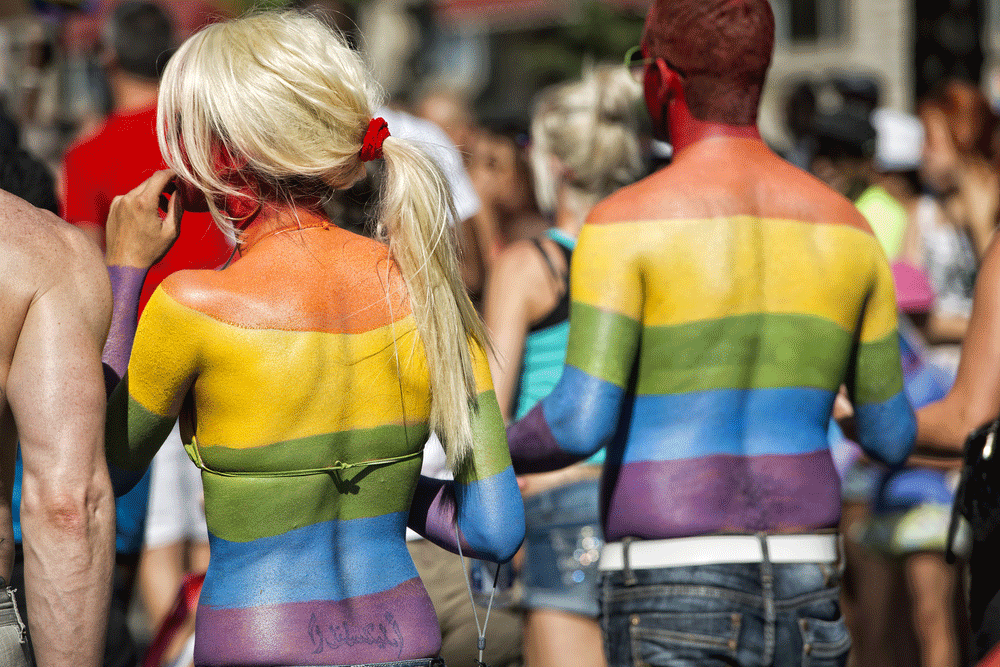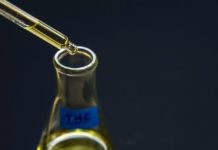sexual minorities experience higher rates of depression, substance abuse, and are more likely to have experienced childhood sexual abuse. Research showing that discrimination contributes to substance abuse among the LGBT were mentioned in the report under claims that “they likely do not account for the entire disparity.”
Their report was criticized by many doctors who claim it is actually an opinion piece and was used in an anti-LGBT lawsuit. The New Atlantis is not a scientific journal, but a magazine published by the Ethics and Public Policy Center, which defines itself as “dedicated to applying the Judeo-Christian moral tradition to critical issues of public policy.”
“There’s a lot of bogus science and journals that have not been peer reviewed,” said Brian Hurley, MD, addiction psychiatrist, Distinguished Fellow at the American Society of Addiction Medicine (DFASAM) and the Gay and Lesbian Medical Association (GLMA). “One has to take any finding published in a non-peer reviewed publication with a grain of salt and a fair analysis for bias.”
While some reports may not provide balanced information, there’s little room to argue against all the other recent statistics, such as a study recently conducted by the LGBT Foundation that determined drug use among the LGB community in England is seven times higher than the rest of the country’s population.
And last year the Journal of Gay & Lesbian Social Services reported that out of 283 lesbians, gays, bisexuals, transgenders, and questioning (LGBTQ) aged 13 to 22, 72 percent were smokers and 42 percent were illicit drug users.
Science supports the fact that such alarming statistics are byproducts of social stressors, said Hurley.
“My own experience is that the LGBT communities are impacted by a tremendous stigma, homophobia, transphobia, heterosexism,” he said. “We live in a world that is so relatively heteronormative and what that does is create an environment called minority stress, where LGBT communities are impacted by additional stressors. And substances, at least initially, are perceived by people to help relieve stress.”
GLMA has developed a number of evidence-based programs and educational resources to help both patients and providers learn more about risky substances and the health risks associated with stigma, homophobia, heterosexism and transphobia.
Coming out is perhaps one of the biggest social stressors that can increase the risk of substance abuse, according to Hurley.
“Among my patients and in my own life, I see that coming out is stressful,” he said. “The reason many people aren’t out initially is related to social expectations and normative messaging that tell you that if you are LGBT you’re a different, and the difference is wrong. That’s a difficult message to process when you’re formulating your own identity.”
In August, the U.S. National Library of Medicine of the National Institutes of Health published a study that reinforced how much social stressors affect the behavior of sexual minorities.
Data collected from 577 men and women who are self-identified lesbians, gays or bisexuals demonstrated that those who experienced discrimination had higher chances to develop any lifetime drug use disorder, mood and/or anxiety disorder compared to those who never experienced discrimination.
“Internalized homophobia and discrimination are often strong stressors for young men and women,” said Mike Rizzo, clinical psychologist and substance abuse counselor. “Because of the belief system that there’s something wrong with them, there’s an overcompensation to receive the validation or the love they’re looking for. Oftentimes that pressure becomes overwhelming and substances often relieve them from that.”
Crystal meth use continues to be a problem
Crystal meth use has been a particularly big problem among gay men.
“Crystal meth is attractive to many people in the gay community,” said Rizzo. “It lowers inhibitions and heightens the sexual experience. Sex becomes intense and pleasurable. Meth affects the pleasure principles of the brain and releases dopamine at 1,200 times more than normal levels. The brain isn’t really wired to deal with that much dopamine, and usually, the activities people engage in while they’re high create an imprint on the brain.”
The problem gets aggravated by the fact that… (continue reading)
















